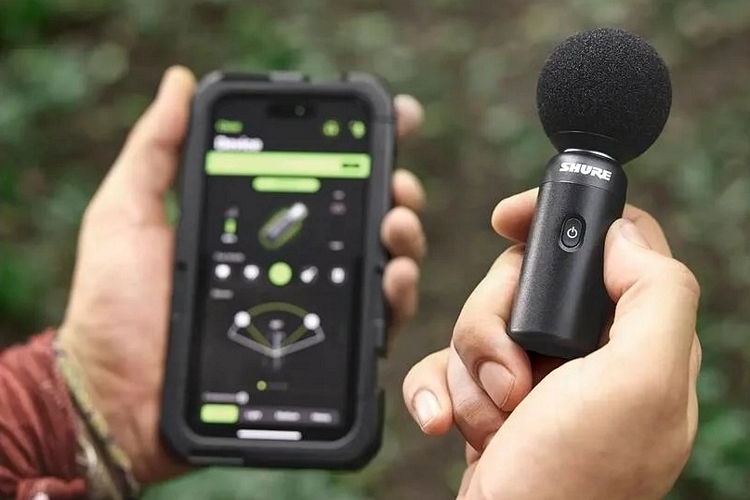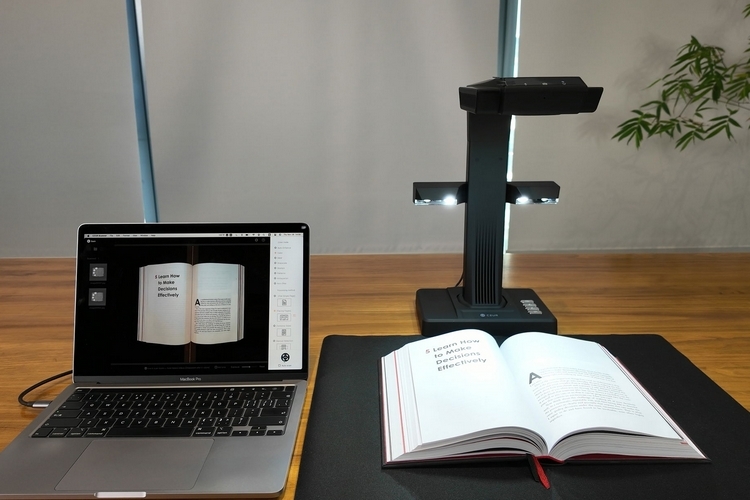
Unfortunately, most of us will be in the group of people who are going to miss out on space exploration. We just happened to be born a few generations too early for it. However, that doesn’t mean we can’t enjoy space in all its resplendent glory, especially with the kind of optical equipment we currently have available for observing what lies beyond the confines of our planet.
Whether you have a newfound curiosity for space or a lifelong passion for it, a smart astronomical telescope is simply the best way to enjoy the stars. No need to spend 20 minutes consulting a star chart and manually positioning the telescope each time you want to look at a specific object in space. Instead, you can simply tell it what you want to look at and the whole thing will align by itself to put the celestial body in your sightline, making it incredibly easy to find and observe everything from galaxies and nebulae to visible planets and star clusters.
These are the best smart telescopes for quick and easy stargazing.
Celestron StarSense Explorer DX 102AZ

Arguably the best entry-level smart telescope out there, this device offers a reasonably good view of celestial objects, delivering useful magnification up to 240x. Sure, you won’t get the clearest, crispest views, but it’s perfectly great-looking for the price. While there’s no onboard computer, you can dock your smartphone on the telescope and use it with the StarSense app (iOS and Android), which will guide you on how to move the telescope to align with your desired objects. Yes, the moving is still done manually via a pair of rods, but it still speeds up alignment significantly compared to traditional options. If you want smart functions but can’t really afford the high-ticket entry, this thing is good enough to make stargazing just that much easier.
Celestron NexStar 5SE

This computerized Schmidt–Cassegrain telescope uses a five-inch primary mirror to draw in a heavy amount of light, allowing it to produce crisp images of some of the most beautiful objects you can observe in our solar system, from details of the Earth’s moon and the rings of Saturn to the cloud bands out in Jupiter and the Orion Nebula. It comes with a handheld controller you can use to easily align the telescope with a few button presses, while the mount houses a GPS system with a database containing close to 40,000 objects. Not only does it auto-align when you choose an object, it can also tell you what you’re currently viewing, in case you use the controller to move the telescope manually. It includes an extensive user manual, by the way, so there’s a handy reference you can check for every available function. In case you want to photograph celestial bodies, there’s also a built-in facility that’s compatible with various adapters for attaching a DSLR or an astrophotography camera.
While you can get some similarly-powered smart telescopes at a lower price, we love this model’s combination of price and portability. Its collapsed size and relatively light weight (15 pounds on its own, 27 pounds with the included tripod),make it ideal for packing in a bag if you want to drive somewhere with clearer, more open skies.
Celestron 10-Inch StarSense Explorer

If you want a large telescope that can get you a sharp and clear look at distant celestial bodies, then this big boy just might find a sweet spot somewhere in your property. It’s massive, sporting a tube that measures 44 x 11 inches (length x diameter), making it look like you’ve got a veritable cannon set up in the backyard. For that size, you get a powerful telescope with a 10-inch Dobsonian Newtonian reflector, giving it enough light-gathering ability to get a good look at any visible celestial object in the Milky Way and even in the nearby galaxy of Andromeda. In fact, it’s powerful enough to work even in cities with plenty of light pollution, making it a great telescope for city dwellers, provided you have the room to accommodate its substantial size.
Because of the size, it will require a bit of work setting up. Once you are done, though, you can just fire up the companion app and get going. The app can generate a list of any star, planet, or whatever other celestial body is visible from your current location, which you can then choose to prompt the telescope to guide you in moving the device to the proper position. It’s highly-accurate, too, relying on the same Lost in Space Algorithm (LISA) that satellites use in orbit for precise orientation, to identify its position at all times.
Unistellar eVscope eQuinox

One of the the most powerful smart telescopes in the market, this device does away with the eyepiece, opting to let you see what the optics capture on a phone or tablet instead. It uses a digital reflector to perform 50x optical magnification, which is supplemented by another 400x in digital magnification for clear captures of deep space objects. As if that’s not enough, it has an onboard computer that digitally stacks images in real-time, allowing for stunning, colorful views comparable to what you get from those space telescope photographs that NASA releases.
The companion app has a database of over 5,000 celestial objects, allowing you to get picturesque views of fascinating sights in our galaxy and beyond with a few swipes and taps. Even better, up to 10 devices can connect to a single telescope at the same time, so you can have a stargazing party with a bunch of friends for a pretty unique party. Do note, the 2nd generation of this telescope is coming end of the month for around $500 more, so if you have the patience to wait, maybe you can go for that instead.
Vaonis VE50 Vespera Exploration Station

Nothing about this device suggests it’s a telescope when it’s folded, looking more like a fancy speaker or some kind of newfangled toy. Twist the cutout section, however, and it reveals a unique-looking smart telescope that can automatically track any stellar object you choose from the companion app, even automatically adjusting in its focus to ensure a clear and sharp lock. There’s no eyepiece here, by the way, with all images processed on the onboard system and beamed to the companion app. It uses a 2-inch aperture and a unique quadruplet 50mm lens array formed by two groups of two lenses constructed with lanthanum glass, eliminating any distortion or chromatic aberration, which is paired with a Sony IMX462 sensor that’s been developed for low-light situations.
The best part about this is how portable it is. Measuring just 15 x 8 x 3.5 inches and weighing a mere 11 pounds, it can easily be carried in a backpack, allowing you to take it along to parks, campsites, and other wide-open areas. On the downside, it struggles at imaging planets for whatever reason, which is a very surprising weakness, although it does work splendidly for everything else.



